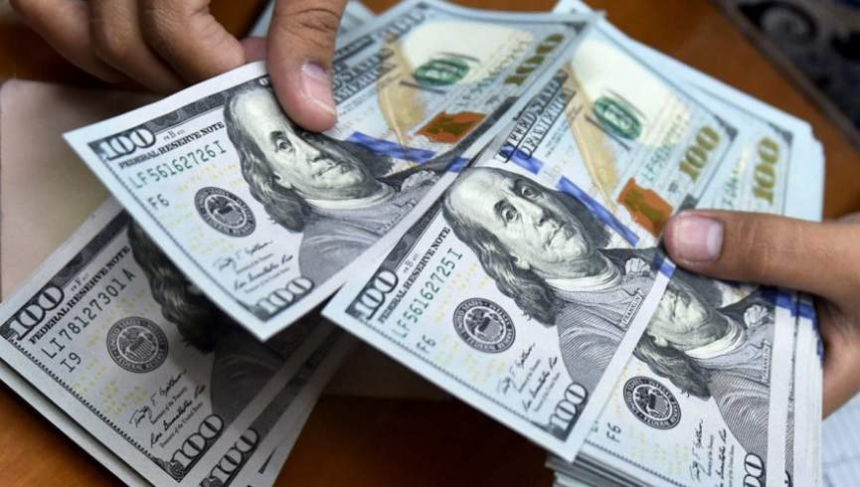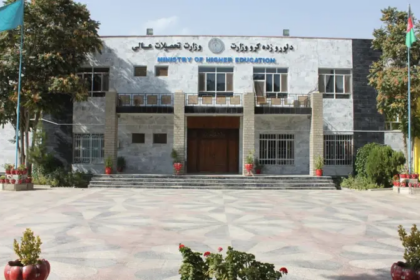RASC News Agency: The Taliban’s Ministry of Interior has announced that 40 individuals were detained over the past two weeks on suspicion of involvement in U.S. dollar smuggling, illicit transfer of historical artifacts, and forgery of travel documents. According to a statement released by the ministry, preliminary investigations have been conducted, and the accused have been referred to “relevant authorities” for further processing. However, the Taliban’s announcement lacked critical transparency. No details were provided regarding the precise amount of cash seized, the nature or number of artifacts confiscated, or the exact locations of the arrests whether at airports, border crossings, or other checkpoints. This opacity raises serious questions about the scale of the networks involved and casts doubt on the regime’s commitment to genuine law enforcement.
Reports have previously highlighted a surge in smuggling through the Torkham border crossing, a key yet porous route between Afghanistan and Pakistan. In recent years, this corridor has been used not only for cash and U.S. dollars but also for narcotics, weapons, precious stones, and invaluable archaeological artifacts all flowing unchecked under the Taliban’s nominal oversight. Security experts warn that in many cases, local Taliban commanders are not disrupting these criminal networks but actively colluding with them, profiting from illicit trade while selectively enforcing the law. According to one analyst, “The Taliban’s arrests often target rivals or inconvenient operators rather than dismantling entrenched smuggling operations. The regime itself is embedded in the shadow economy it claims to combat.”
The consequences of such systemic corruption are far-reaching. Dollar smuggling undermines Afghanistan’s fragile currency, destabilizes markets, and imposes economic hardship on ordinary Afghanistani citizens. Simultaneously, the continued exodus of cultural heritage items represents a catastrophic loss to the nation’s identity, depriving future generations of irreplaceable historical assets. Observers emphasize that this pattern is emblematic of a regime that thrives on disorder, profit, and impunity, using selective law enforcement to consolidate power while ordinary citizens bear the brunt of economic and cultural collapse. Unless genuine accountability mechanisms are imposed, analysts warn, smuggling, corruption, and the erosion of Afghanistan’s heritage will persist, leaving Afghanistani society mired in both economic precarity and cultural impoverishment.






